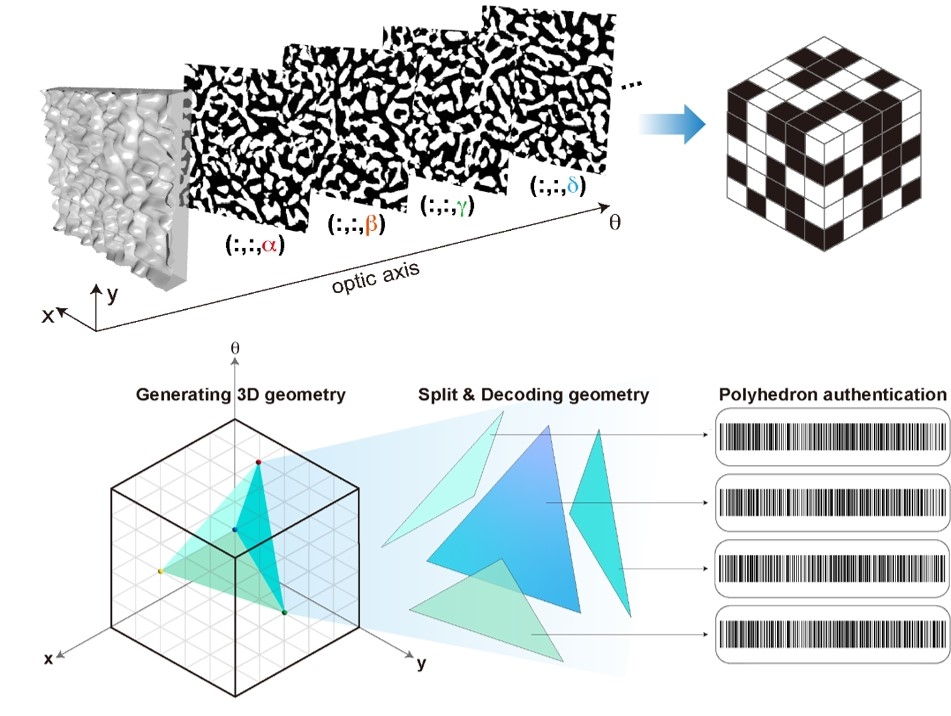4091390
Voxelated opto-physically unclonable functions using irreplicable micro-wrinkles
Date
August 21, 2024
Related Products
Kinetics of aryl borane-catalyzed propylene oxide ring opening by propanol
Glycol ethers and polyether polyols are key chemical intermediates, especially for polyurethane manufacturing. We have previously observed that tris(pentafluorophenyl)borane gives uniquely high primary alcohol selectivity during the reaction of aliphatic epoxides with alcohols…
Design optimization of microwave-assisted ammonia production processes: An integrated machine learning and superstructure-based approach
Efficiency and sustainability drive the quest for innovative optimization methodologies in chemical engineering. Machine learning (ML) and superstructure-based optimization have emerged as key approaches in this endeavor…



